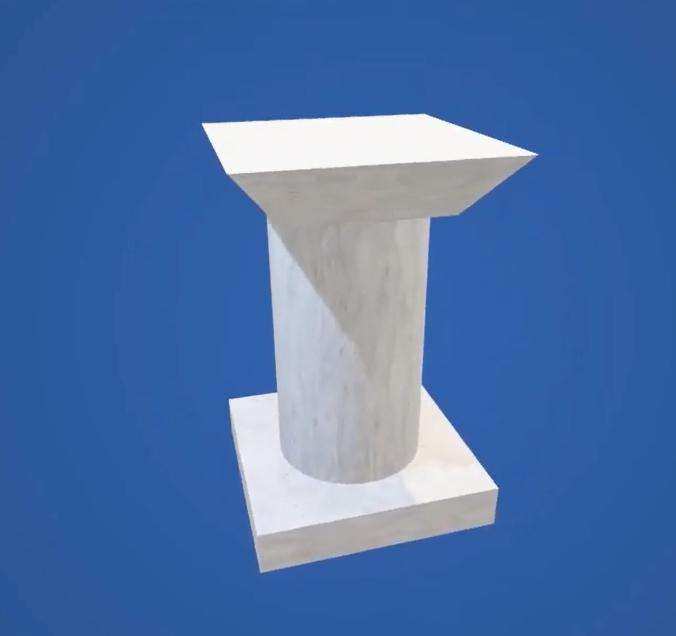Difference Between Piles, Piers and Caissons Foundation
Deep foundation systems consisting of piles, piers, and caissons serve the purpose of transferring loads from a shape to a deeper and more capable soil or rock layer. There are, however, some essential choices among them.
Piles
Vertical structural factors known as piles provide aid for systems that shallow foundations can’t support. Builders usually assemble piles from metallic, concrete, or wood, and they can pressure them into the ground using strategies that include hammering, vibrating, or drilling. End-bearing piles and friction piles are the two classes into which piles fall.
1. End-bearing piles rely on the bearing potential of the soil or rock layer at the lowest of the pile to switch the load to the deeper layer.
2. Friction piles Piles depend upon the friction between the pile and the encompassing soil to move the weight deeper. Engineers recollect the pile’s strength and stiffness, as well as the soil and rock conditions, and the loads to be transferred whilst designing it.
Piers
Vertical structural factors referred to as piers guide systems together with bridge decks and multiplied highways, counting on footings for balance. Builders commonly use concrete to assemble these piers and might construct them through the usage of numerous strategies like solid-in-area, precast, or submit-tensioned techniques.
The layout of piers, which incorporates accounting for each vertical and horizontal load-bearing capacity, includes frivolously spaced placement alongside a shape. Various elements, such as pier energy, stiffness, soil and rock conditions, and cargo transfer necessities, are considered in the design manner.

Caissons
Watertight structures called caissons form foundations in water or soft soil conditions. The Builders can build caissons above or below water level, and they can have open or closed bottoms. Builders use open caissons in shallow water, while closed caissons suit deep water.
Builders primarily use steel or concrete to compose these caissons, engineering them to withstand both vertical and lateral loads. Designers consider caisson strength and stiffness, soil and rock conditions, and the loads to be transferred when they design caissons.
Summary on Piles, Piers and Caissons
Piles, piers, and caissons all serve the same cause: to switch loads to deeper soil or rock layers. However, they fluctuate in construction strategies, materials, and design components. Builders drive piles into the ground. Piers rely on footings for support, and caissons find their purpose in scenarios like underwater or soft soil. The choice of foundation type depends on soil and rock characteristics, load size, and site-specific conditions.
Read More
Pile Foundation an it’s types classification
How to install auger cast piles
Design and Construction and Application of Auger Cast Piles
Classification of foundation in civil engineering
FAQ Question and Answer
What are the primary functions of piles, piers, and caissons in basis structures?
Piles, piers, and caissons all serve the reason of transferring structural loads to deeper and more capable soil or rock layers.
What are the not unusual materials utilized in pile production?
Builders typically construct piles from materials such as steel, concrete, or timber, Sheet.
What are the common construction methods for piers?
Commonly constructed methods like cast-in-place, precast, or post-tensioned techniques.
How do caissons Foundation differ in terms of their use above and below water level?
Caisson construction can occur both above and below the water level. Builders typically use open caissons in shallow water, while closed caissons are suitable for deep water conditions.